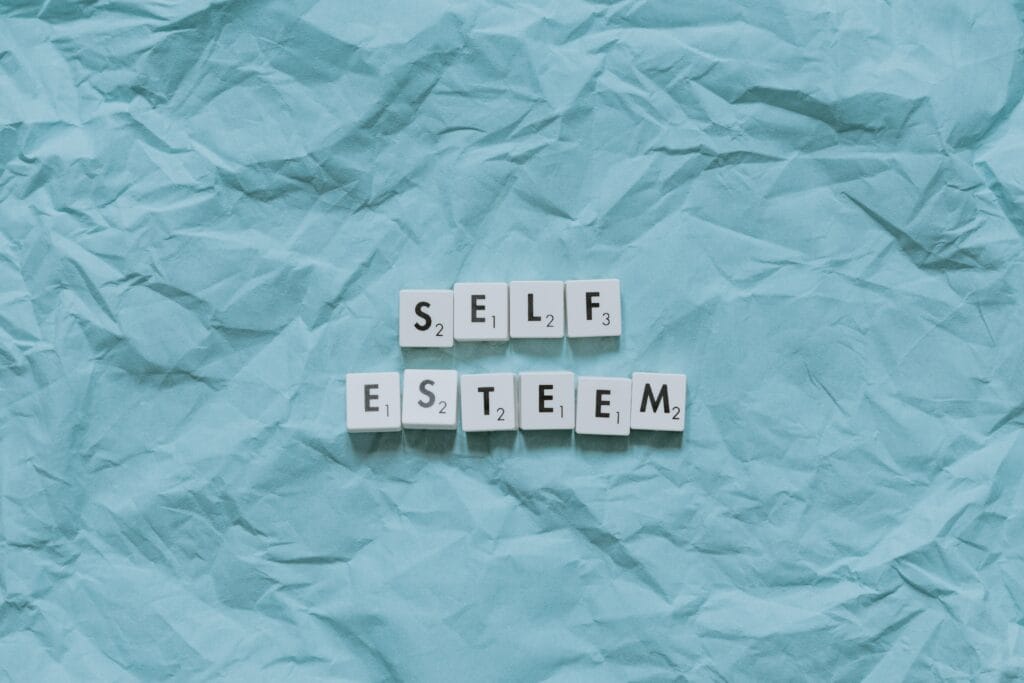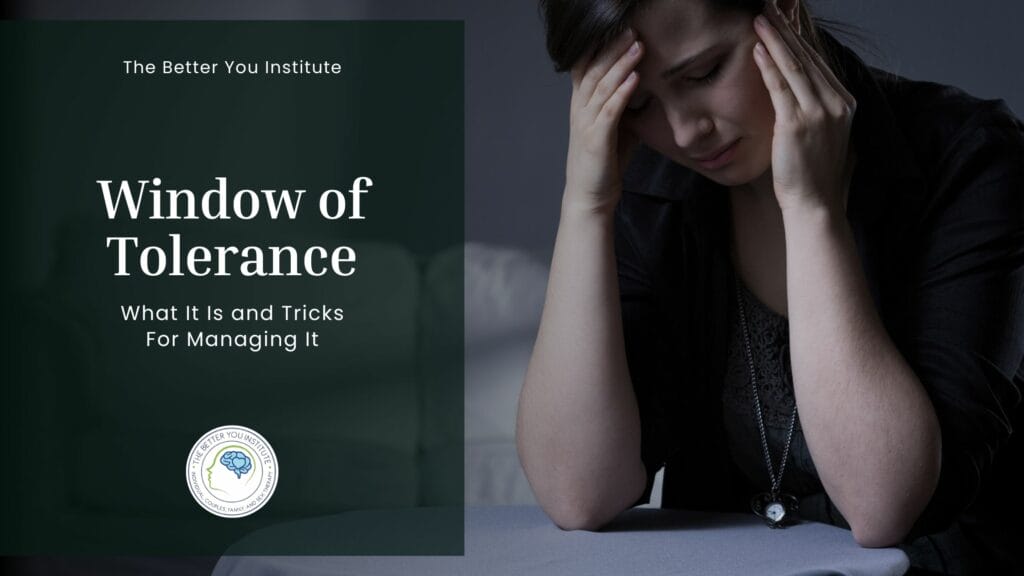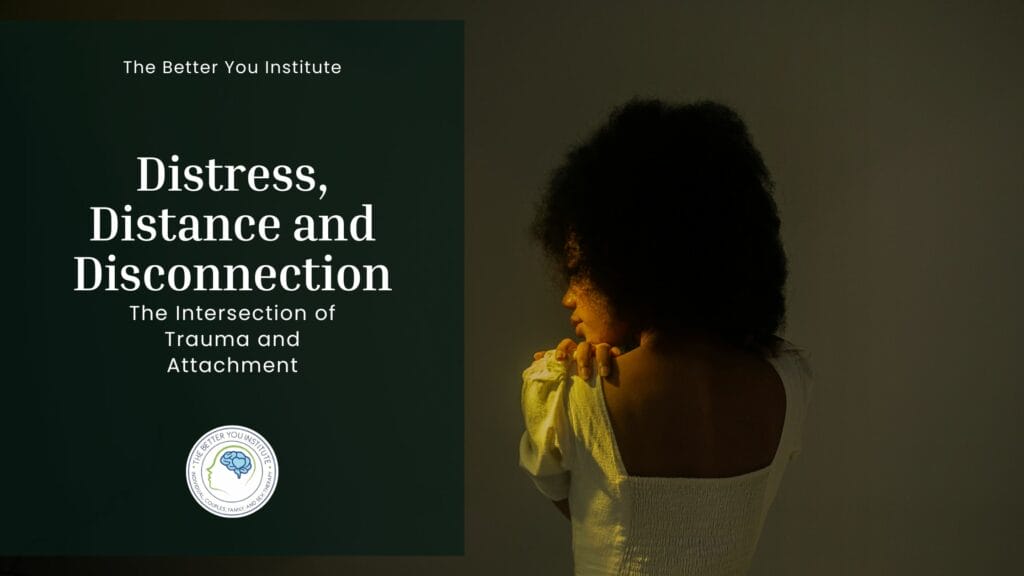
Defining Self-Esteem and Confidence
Self-esteem is an individual’s sense of worth, value, and competence. It encompasses an individual’s beliefs, emotions, and attitudes toward themselves. Self-esteem is often rooted in our experiences, achievements, and feedback received from others. It reflects the image of our inherent worthiness and is deeply ingrained within us. Self-esteem is our inner thoughts and feelings about ourselves.
Something that is bilaterally related to self-esteem but is not the same as self-esteem is confidence. Confidence is a belief in one’s abilities, skills, and judgment. It is the trust and assurance we have in our capacity to navigate challenges, accomplish goals, and handle situations effectively. Confidence is dynamic and can change across different areas of life, such as sports, decision-making, or social interactions. Unlike self-esteem, confidence is more situation-specific and can be cultivated through experience and competence. Confidence also tends to be more about behaviors: our ability to trust ourselves, reach a goal, win the heart of another, etc.
Many aspects contribute to our self-esteem and confidence levels that we will examine. A portion we will not discuss, which you can find in my blog series on attachment, is how your attachment style with loved ones may influence your self-esteem. Aside from the experiences we discuss below, your perception of self-worth can be impacted by your attachment style, or in other words, how you relate to others you are close with. Individuals with insecure attachment were often met with emotional and physical inconsistency by caregivers in childhood when it came to their needs for survival. Ultimately, this may lead to a person’s uncertain sense of worth as they navigate new opportunities or risks. If you want to learn more about attachment specifically, wander to the series ‘Attachment Styles.’
Table of Contents
Components of Self-Esteem and Confidence
Here we will discuss components that makeup self-esteem and confidence to help delineate the differences that can be difficult to discern when placed side by side. Self-esteem incorporates various elements that shape our self-perception:
- Self-worth relates to an individual’s belief in their inherent value, regardless of external factors or achievements.
- An example of this would be preparing for a presentation at work. You finish the presentation and feel good about how it went. After the presentation, you receive negative feedback from your colleagues and superiors, stating you should have prepared more and needed to be more precise.
 If you have low self-worth, you will hear this feedback and immediately start to second guess your feelings on how well you thought you did. You will begin to get flooded with emotions: doubt, concern, fear, and shame about how you did. You will second-guess if you belong at the company or in this position. This type of feedback may send you into a spiral of anxiety and depression. Because you have low self-worth, others’ thoughts and opinions heavily influence you.
If you have low self-worth, you will hear this feedback and immediately start to second guess your feelings on how well you thought you did. You will begin to get flooded with emotions: doubt, concern, fear, and shame about how you did. You will second-guess if you belong at the company or in this position. This type of feedback may send you into a spiral of anxiety and depression. Because you have low self-worth, others’ thoughts and opinions heavily influence you.- If you have high self-worth, you will hear this feedback and feel curious about what your colleagues saw that you didn’t. You will feel a twinge of doubt but be able to lean into your belief in yourself and the job you know you’re capable of doing. You will embrace this type of feedback as it will help you grow. You can also take in feedback without wavering on your belief in yourself and the value you bring.
- An example of this would be preparing for a presentation at work. You finish the presentation and feel good about how it went. After the presentation, you receive negative feedback from your colleagues and superiors, stating you should have prepared more and needed to be more precise.
- Self-Image: Self-image refers to the mental picture an individual holds about themselves, including how they look, their abilities and the qualities they bring to the table.
- Take Madeline as an example; Madeline has chronically struggled with self-consciousness around her height, always being the tallest of her peers. Bullying as a child made this much more prevalent in Madeline’s mind, and she assumed her height was the first thing people noticed and judged about her. As an adult, Madeline worked toward strengthening her self-image. Instead of solely focusing on physical attributes, she begins to recognize and appreciate her other qualities, such as her intelligence, kindness, and creativity, as shown in her social and professional lives. Madeline learns to celebrate her accomplishments and appreciate how her height serves her. Madeline begins to understand that her worth extends far beyond her physical appearance and who approves or disapproves of it.
- Self-Acceptance: Self-acceptance involves embracing oneself fully, acknowledging strengths and weaknesses, and fostering a positive attitude towards personal growth.
- With low self-acceptance, struggles with self-acceptance may show up as someone who seemingly overidentifies with their perceived flaws or setbacks. This individual compares themselves to others routinely, often leading to feeling inadequate in ways that their flaws or qualities may misalign with what others accomplish.
- With high self-acceptance, the individual may recognize alternative ways that their qualities serve them, such as pursuing an artistic career instead of a mathematical career. With this acceptance, individuals are less likely to compare to those around them, as if everyone comes from an even playing field with the same skills or experiences.
- Self-Respect: Self-respect is about treating the self with dignity and setting boundaries that align with your values and needs.
- Self-respect appears in many settings, including relationships, work, and friendships.
- With high self-respect, boundaries within these realms look like setting limits for how others treat themselves and confronting or no longer engaging if they reach these limits.
- With low self-respect, people often find that others can take advantage of their generosity or go against their boundaries with little to no consequence or response.
- Self-respect appears in many settings, including relationships, work, and friendships.
Confidence, on the other hand, is built upon the following aspects:
- Competence: Confidence is closely related to our skills, knowledge, and experience in a particular area. The more competent we feel, the more confidence we have in our abilities.
- With each new challenge individuals face, such as a new managerial role at work, successfully navigating these situations increases our sense of competence to take on similar tasks. Our confidence strengthens as we can trust our abilities in those areas.
- Without confidence, we struggle to trust our ability to develop the skill necessary to adapt to challenges.
- Self-Efficacy: Self-efficacy refers to our belief in our ability to achieve desired results successfully. It relates to our confidence in our ability to perform well.
- Self-efficacy may often appear in school or a profession where others evaluate a person’s skill. When individuals research and study in preparation for the evaluation and successfully apply what they’ve learned, their self-efficacy helps to build confidence for the subsequent evaluation.

- Self-efficacy may often appear in school or a profession where others evaluate a person’s skill. When individuals research and study in preparation for the evaluation and successfully apply what they’ve learned, their self-efficacy helps to build confidence for the subsequent evaluation.
- Resilience: Confidence is reinforced by the ability to bounce back from setbacks, failures, or rejections. Resilience helps us maintain confidence even in the face of adversity.
- An example of resilience would be Justin, who recently decided to start his own business. The risk of leaving his current job to pursue entrepreneurship is overwhelming, but Justin trusts his ability to navigate the process. As setbacks and adversity arise when the storefront sale falls through, Justin’s resilience is highlighted when he manages to begin his business from his garage. At the same time, he searches for a new location. As Justin learns to roll with the punches to achieve his overall goal, his resilience helps build his confidence to overcome future setbacks in the business world.
- Positive Thinking: A positive mindset can enhance confidence by fostering optimism, belief in oneself, and a constructive view of challenges and opportunities.
- When an employee going for a promotion considers the idea that they will be selected, it motivates them to work harder for the consideration and develop skills as they prepare for the new role. If a colleague surpasses the employee, a positive mindset considers the experience they gained from trying to excel and how it may serve them in the future for other roles.
- With low confidence, an employee may feel discouraged from seeking alternative opportunities within their role or organization and may even feel embarrassed for trying in the first place.
How Confidence and Self-esteem Show Up in Everyday Life
Self-esteem and confidence manifest differently in our everyday lives, influencing various aspects:
- Relationships: Healthy self-esteem enables us to establish and maintain balanced relationships, set boundaries, and advocate for our needs. Confidence plays a role in pursuing new relationships, expressing opinions, and communicating effectively with a partner.
- Performance: Self-esteem impacts our motivation, productivity, and willingness to take risks. Conversely, confidence affects our ability to perform well, make decisions, and embrace challenges without fear of failure.
- Resilience: A firm self-esteem cushions against adversity, providing a sense of inner worthiness and self-acceptance during challenging times. Confidence empowers us to bounce back from setbacks, learn from failures, and persevere in pursuing our goals.
- Mental Health: Low self-esteem can contribute to mental health issues like anxiety and depression when we question our sense of self. At the same time, confidence can enhance well-being by reducing stress and fostering trust in our potential.
Cultivating Self-Esteem and Confidence
Both self-esteem and confidence are malleable traits that can be nurtured and developed over time:
- Self-Reflection: Self-reflection helps identify underlying beliefs and thought patterns that influence self-esteem and confidence. Challenging negative self-view and replacing them with positive affirmations can be helpful. An example of this may look like:
- Identifying the fear in your ability to present at work and replacing it with experiences where you accomplished speaking in a large room of colleagues or received positive, rational feedback on your knowledge of the topic from superiors.
Competence Building: Focusing on personal growth, acquiring new skills, and seeking opportunities to improve competence enhances confidence in specific areas.
- With each new skill you try, you learn more about yourself regarding that skill or field. As people develop their sense of ability in that area, they pursue similar or different tasks to build more confidence in their abilities. For example, if you know you are good at pottery, you may seek more hobbies that involve art or creativity. Suppose you learn that competition is not your strong suit. In that case, you avoid hobbies that involve competing with teammates, like chess or races, ultimately leading you closer to opportunities that highlight your strengths.
Setting Realistic Goals: Establishing achievable goals provides a sense of direction and accomplishment, reinforcing self-esteem and confidence when attained successfully.
- When one sets realistic goals, there is more opportunity to successfully reach them, especially if they align with your strengths—with that said, setting goals in areas where an individual struggles is equally important as long as expectations around the goals are proportionate to the skill. For example, expecting to make varsity at a sport you’ve just begun is disproportionate to reality, even if it’s possible. Making JV or an intramural team is just as impressive a stepping stone and falls more in line with a beginner’s skill level, so if the goal is proportionate, it’s still valid to increase self-esteem while being much more achievable.
Surrounding Yourself with Supportive People: Building relationships with individuals who uplift and provide constructive feedback can positively impact self-esteem and confidence. Encouraging loved ones can be very important when you rely on external support during challenges. The trust already implemented in these relationships provides the foundation for their feedback to feel valid. That said, it also proves the point of being wary of discouraging individuals in your circle. Trusting a friend who struggles to show up for you because of their emotional unavailability can send a negative message about your worth or ability, even if they are unrelated.
Conclusion
In summary, self-esteem and confidence are different yet interconnected concepts that substantially shape our self-view, behavior, and overall well-being. While self-esteem reflects our inherent worthiness and value, confidence is situation-specific, relying on our trust in our abilities and skills. We can foster personal growth, resilience, and success in various areas of our lives by understanding the components of self-esteem and confidence and how they show up in daily life.
Meet The Author:

Brianna Intili
Professional Counselor
Brianna Intili, MA, NCC, is a Professional Counselor and Director of Professional Development specializing in mindfulness-based approaches to help clients find peace in adversity. Focused on empathetic, judgment-free counseling, she empowers individuals to overcome challenges like mood disorders, low self-esteem, and life transitions. With a BS in Psychology from James Madison University and an MA in Clinical Mental Health Counseling from Marymount University, Brianna combines cognitive techniques and a holistic view for a fulfilling life.
Learn more about Brianna Intili ⇒


 If you have low self-worth, you will hear this feedback and immediately start to second guess your feelings on how well you thought you did. You will begin to get flooded with emotions: doubt, concern, fear, and shame about how you did. You will second-guess if you belong at the company or in this position. This type of feedback may send you into a spiral of anxiety and depression. Because you have low self-worth, others’ thoughts and opinions heavily influence you.
If you have low self-worth, you will hear this feedback and immediately start to second guess your feelings on how well you thought you did. You will begin to get flooded with emotions: doubt, concern, fear, and shame about how you did. You will second-guess if you belong at the company or in this position. This type of feedback may send you into a spiral of anxiety and depression. Because you have low self-worth, others’ thoughts and opinions heavily influence you.





